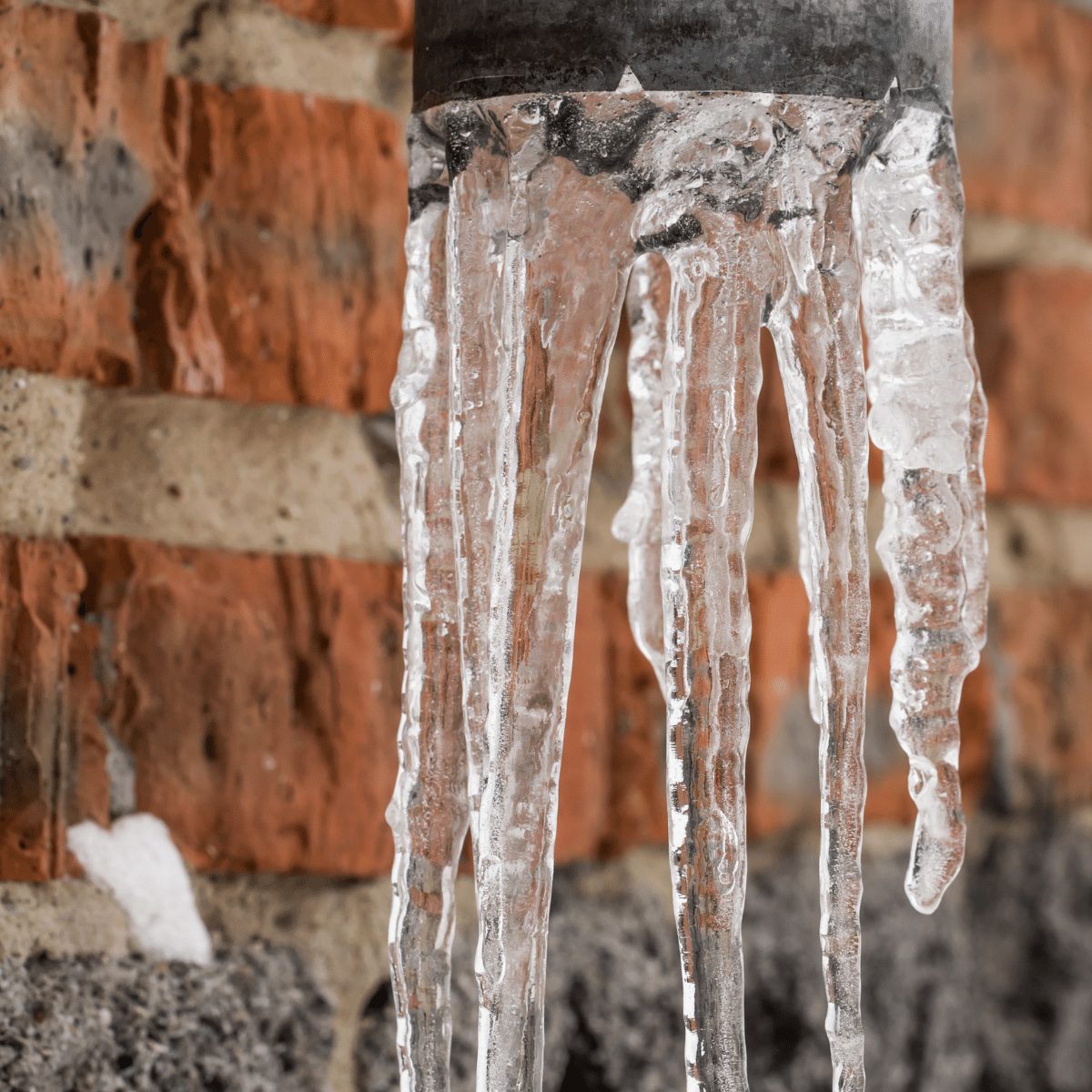Preventing Frozen Plumbing: Effective Strategies for Cold Weather
Preventing Frozen Plumbing: Effective Strategies for Cold Weather
Blog Article
Here underneath you will find some awesome information and facts all about Helpful Tips to Prevent Frozen Pipes this Winter.

Winter can wreak havoc on your pipes, especially by freezing pipelines. Here's how to prevent it from occurring and what to do if it does.
Intro
As temperatures decline, the danger of icy pipelines boosts, potentially causing costly repairs and water damages. Recognizing exactly how to stop frozen pipelines is crucial for house owners in chilly environments.
Recognizing Frozen Pipes
What triggers pipelines to ice up?
Pipelines ice up when revealed to temperatures listed below 32 ° F (0 ° C) for extended periods. As water inside the pipes freezes, it expands, putting pressure on the pipeline walls and possibly creating them to rupture.
Dangers and damages
Frozen pipes can result in water disturbances, residential or commercial property damages, and costly repair services. Burst pipelines can flood homes and trigger considerable architectural damages.
Indications of Frozen Piping
Identifying frozen pipes early can stop them from rupturing.
How to recognize icy pipelines
Try to find reduced water circulation from faucets, uncommon odors or noises from pipes, and noticeable frost on subjected pipes.
Avoidance Tips
Insulating at risk pipelines
Wrap pipelines in insulation sleeves or use heat tape to secure them from freezing temperatures. Concentrate on pipelines in unheated or external areas of the home.
Home heating methods
Keep indoor rooms appropriately heated up, especially areas with pipes. Open up closet doors to enable cozy air to circulate around pipes under sinks.
Shielding Exterior Plumbing
Garden pipes and outside taps
Detach and drain pipes garden pipes prior to winter season. Set up frost-proof faucets or cover outdoor taps with protected caps.
What to Do If Your Pipelines Freeze
Immediate activities to take
If you believe frozen pipelines, maintain taps open up to ease stress as the ice melts. Use a hairdryer or towels taken in warm water to thaw pipes gradually.
Long-Term Solutions
Structural adjustments
Consider rerouting pipelines far from outside walls or unheated areas. Add added insulation to attics, cellars, and crawl spaces.
Upgrading insulation
Purchase high-quality insulation for pipes, attics, and wall surfaces. Correct insulation assists keep consistent temperature levels and minimizes the risk of frozen pipelines.
Conclusion
Preventing icy pipes calls for aggressive procedures and quick responses. By comprehending the reasons, indications, and preventive measures, home owners can secure their plumbing throughout cold weather.
5 Ways to Prevent Frozen Pipes
Drain Outdoor Faucets and Disconnect Hoses
First, close the shut-off valve that controls the flow of water in the pipe to your outdoor faucet. Then, head outside to disconnect and drain your hose and open the outdoor faucet to allow the water to completely drain out of the line. Turn off the faucet when done. Finally, head back to the shut-off valve and drain the remaining water inside the pipe into a bucket or container. Additionally, if you have a home irrigation system, you should consider hiring an expert to clear the system of water each year.
Insulate Pipes
One of the best and most cost-effective methods for preventing frozen water pipes is to wrap your pipes with insulation. This is especially important for areas in your home that aren’t exposed to heat, such as an attic. We suggest using foam sleeves, which can typically be found at your local hardware store.
Keep Heat Running at 65
Your pipes are located inside your walls, and the temperature there is much colder than the rest of the house. To prevent your pipes from freezing, The Insurance Information Institute suggests that you keep your home heated to at least 65 degrees, even when traveling. You may want to invest in smart devices that can keep an eye on the temperature in your home while you’re away.
Leave Water Dripping
Moving water — even a small trickle — can prevent ice from forming inside your pipes. When freezing temps are imminent, start a drip of water from all faucets that serve exposed pipes. Leaving a few faucets running will also help relieve pressure inside the pipes and help prevent a rupture if the water inside freezes.
Open Cupboard Doors
Warm your kitchen and bathroom pipes by opening cupboards and vanities. You should also leave your interior doors ajar to help warm air circulate evenly throughout your home.

As a keen reader on How to prepare your home plumbing for winter weather, I think sharing that piece of content was a good thing. Be sure to take the opportunity to distribute this blog if you enjoyed it. Thanks a lot for taking the time to read it.
Book Today! Report this page